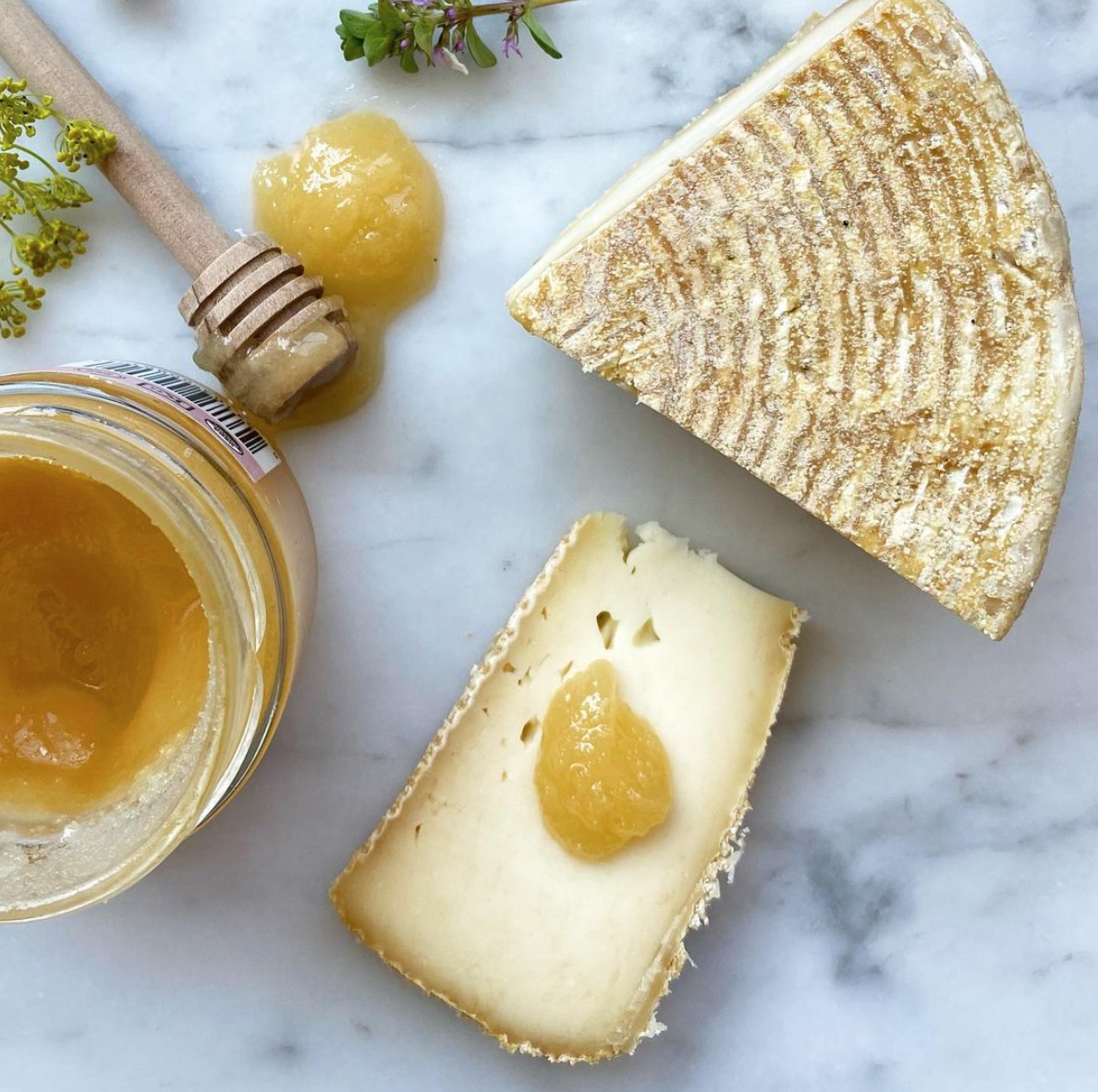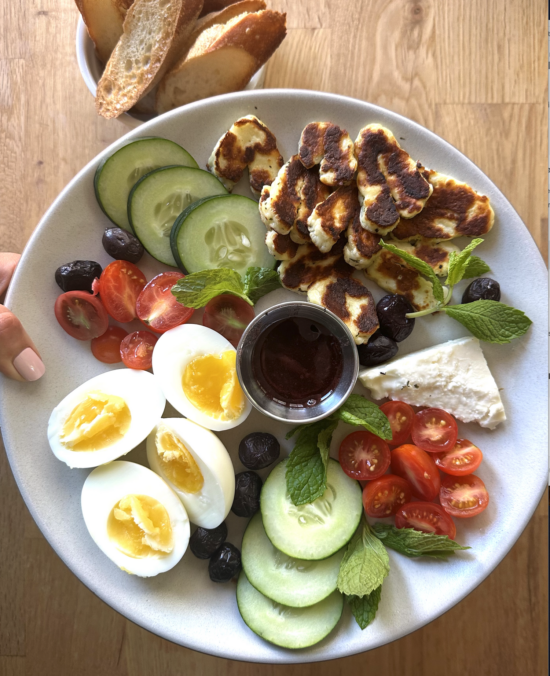Super excited to start a new series all about different milks and how they can be used to make different cheeses. First up, goat’s milk!
To start, some tasty goat milk science:
– Goat & cow milk have nearly the same amount of fat and protein.
– When the protein or fat differ in amount, it’s mainly because of the particular breed of goat or cow, not whether it’s a or .
– Though it has roughly the same amount of fat, goat’s milk has more short-chain fatty acids than cow’s milk (cow’s milk has longer fatty acids). The shorter the fatty acid chains, the more peppery/piquant flavors the milk can produce. This is why goat’s milk can taste more herbal or peppery than cow’s, especially when it ages and/or the fatty acid chains break.
– The protein in goat’s milk is smaller than cow’s milk, making it more fragile, easier to break, and sometimes harder to form into cheese.
– Because goat fat and protein are very delicate (shorter/smaller), goat milk must be very carefully handled or it can produce off flavors.
– There is slightly less lactose in goat’s milk than in cow and sheep milk.
How can you tell if it’s a goat’s milk cheese before tasting?
1. Looks: Goat’s milk cheeses are white! When goats forage on grasses, their bodies convert the beta carotene they absorb into Vitamin A, which is not colored, and contributes no hue to their white milk. (Cows keep beta carotene, well, beta carotene, which has a yellow hue that translates to a buttery color as a cow’s milk cheese ages.)
2. Flavors: Taste fresh milk, pepper, herbs, green notes, and lemon? You probably have goat’s milk. If you taste them all together, you almost definitely do!
3. Scents: are similar to flavors with this cheese. Think black and white pepper, thyme, chives, lemon zest. And yup, sometimes a little funk, but should be only enough to make it interesting.
A favorite way to pair goat’s cheese!
Kombucha and goat cheese is one of my favorite pairings, and I’m not even a kombucha lover. Goat cheese is the most citrusy, herbal cheese, and if you get a kombucha with herbal or fruity flavors in it, it goat cheese’s brightness so much!
Though you see ash occasionally in non-goat’s milk cheese like Morbier or domestic beauties like @sequatcheese’s Coppinger or @springbrookfarmcheese Ashbrook, it’s primarily a goat’s milk thing. Why? My guess is because the practice originated in the Loire Valley, where goat’s milk is king. According to cheesy educator @ivan.larcher, families in the Loire used to age cheese in their huge farmhouse fireplaces during warm seasons, and ash naturally settled on the cheeses. This practice inspired modern interpretations!
A little refresher about what ash does to a cheese: changes its pH, gives the ripening process a little nudge, and, looks cute.



